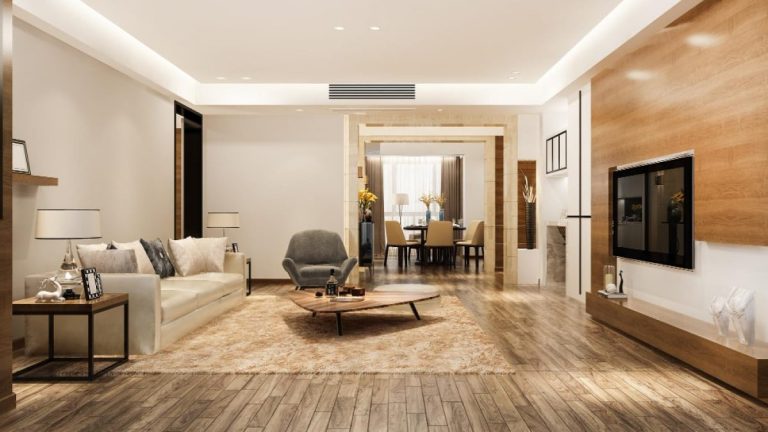Designing Your Perfect Haven – The Key Elements of a Whole Home Remodel
Embarking on a whole home remodel is an epic journey. It’s a dance of dreams and blueprints, hammers and saws. It’s a whirlwind of excitement and frustration, but ultimately, it arrives at a destination that surpasses even the grandest imagination.
The key to a successful transformation is planning. A design/build team acts as the compass, orchestrating all the elements into a unified vision.
Space Planning
One of the most important aspects of any home renovation project is space planning. It ensures that each room is designed to fit a specific purpose without overworking it.
This includes addressing traffic flow, which can make it easier for homeowners to move around their homes and find what they need when they need it. It also means creating storage solutions that are easy to use and logically organized.
This is another area where the experience of a professional interior designer can pay dividends for your home’s comfort and functionality. They know how to ask all the right questions so that each room is planned to meet its intended function, whether relocating a bedroom or adding a home office. This way, you’re never left with a space that feels overworked or awkward.
Design
Embarking on a whole home remodel is an epic journey. It’s a dance with the realities of contractors and permits, where exhilaration and frustration coexist until you arrive at the finish line of your perfect home that whispers your story in every corner.
A great design/build team is your compass for whole home remodel Seattle, ensuring that each puzzle piece fits perfectly. They will coordinate with architects and general contractors to make sure all aspects of the design are addressed before construction starts. This can save time and money.
They also help streamline communication. They know the terminology your architect or general contractor might need to learn and can quickly communicate changes you may need to consider, such as baseboard heights. This can make a huge difference in how things look when finished.
Finishes
A home remodel is an exhilarating dance between dreams and blueprints, sledgehammers and paintbrushes. It’s a journey filled with frustration and disappointment but ultimately culminates in a final destination that exceeds even your wildest imagination.
When designing a whole home, it’s important to consider the impact of your hard finishes. From the color of your window frames to the style of your doors, choosing durable materials that complement your overall aesthetic is essential.
A design/build company is a conductor for this process, orchestrating your entire project into one cohesive vision. From open kitchens built for gathering to luxurious retreats that blur the lines between your home and a California backyard, the right finishes can create a space that whispers your story in every corner.
Lighting
It isn’t furniture, wallpaper, or eye-catching art objects that make the biggest difference in a room’s décor. It is lighting. And that’s because it brings everything else to life.
Good lighting can give a room an illusion of height and openness, enhancing color, highlighting textures and features, and creating cozy nooks. It can do more than that and be truly transformative.
It is important to consider a well-designed and layered lighting scheme when planning your whole home remodel. This includes ambient, task, and accent lighting. This ensures that your home has all the elements it needs to function at its best and to look great all day and night. This is where a professional residential electrician can help. They can advise you on what lighting options will work for your home and how they will work together.
Energy Efficiency
Aside from reducing the energy used, creating a sustainable and environmentally conscious home also contributes to lower costs in the long run. This can be achieved by incorporating eco-friendly materials in the building process and using sustainable construction methods.
Other energy-efficient design features include:
- Utilizing solar water heaters.
- Choosing ENERGY STAR appliances.
- Upgrading windows and doors to minimize heat gain or loss.
Landscaping strategically placed to shade the home in the summer and provide windbreaks in the winter can also reduce reliance on cooling and heating systems.
Consider integrating renewable energy systems, such as solar panels or geothermal heating and cooling, to lower energy costs and decrease greenhouse gas emissions. However, key behavioral non-monetary factors must be addressed to encourage owners to make these investments.







